
Plan your visit
Let’s Talk About Paper
May 4, 2011
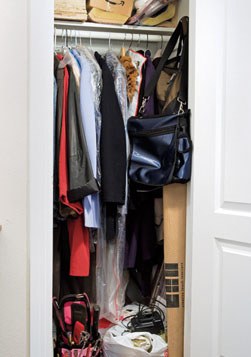
I?ve overseen the preservation of thousands of the historic maps, manuscripts and other works on paper in our collection for many years, and I thought it might be good to let others know about how to preserve some of their family treasures. You know, the kinds of things that everyone has in a box up in a closet somewhere.
Letters, prints, ticket stubs they?re all made of paper and it can be tempting to just jam them all in a box, but that really isn?t going to help them last now, is it? So let?s take a look together. I?m going to start at the beginning and talk about paper.
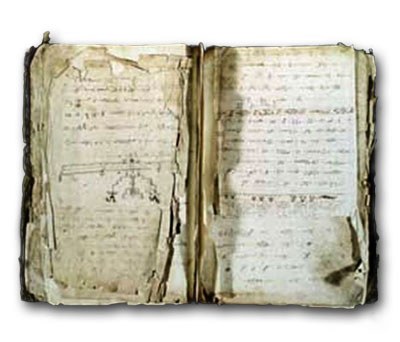
Ooooooo how Interesting … yeah. But if you don?t start there then you might as well not get the box down out of the closet! You?ll eventually be very disappointed and start kicking yourself when you remember you stopped reading about a sentence up. So let?s go!
Yeah, you feel it the discovery of a collection of family documents usually brings about a sensation of wonder and anticipation (!) quickly followed by a concern (OK what now?). You promise yourself to make this wonderful thing last for-EVer but you say to yourself, ?You really don?t know what you?re doing, now do you??
Well, it?s simple really. Remember when you were over at your Gramma?s house and she had that vase or that doily out and your mom said, Just don?t TOUCH it!? Well, I?m not going to tell you that, because we all want to have these things in our lives … we just need to know how.
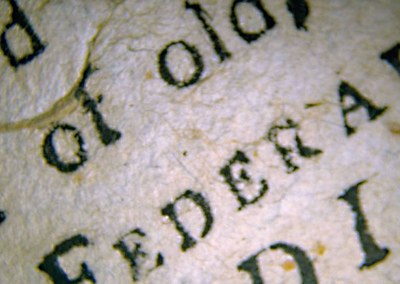
Paper is the primary thing. It supports whatever is on top of it inks, watercolor, pencil (or graphite), chalk, charcoal, all that stuff that tells you what a thing is. Like Gramma and Grandpa?s wedding certificate might be printed with oil-based printing inks, a bit of gold leaf around the edges and inscribed with an early ink called iron gall ink. Did you know that they used to buy a special powder at the drug store and mix it with water, beer, wine, potato water anything to make ink? So there?s a lot of stuff that?s on top of that wedding certificate, and it can all be damaged if you?re not careful.
Just thinking about other kinds of papers you might have in your family collection all of these materials that come together to make a thing are different and actually have special needs, like this manuscript _
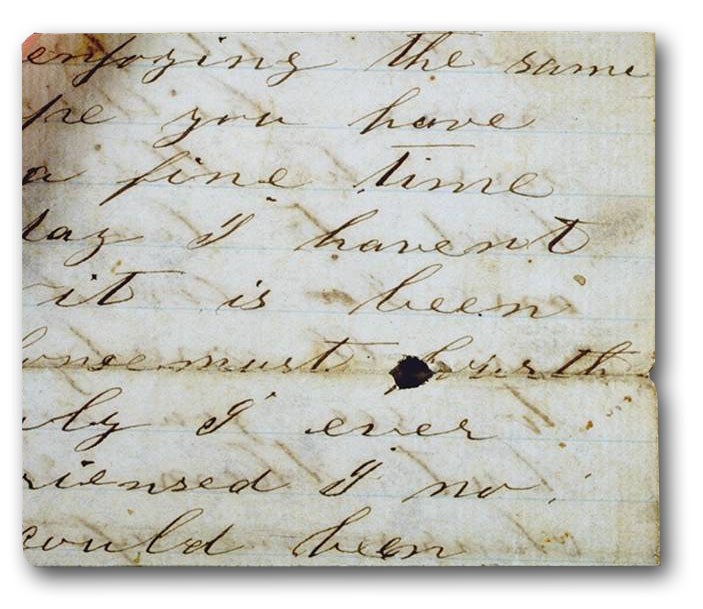
Or this map _
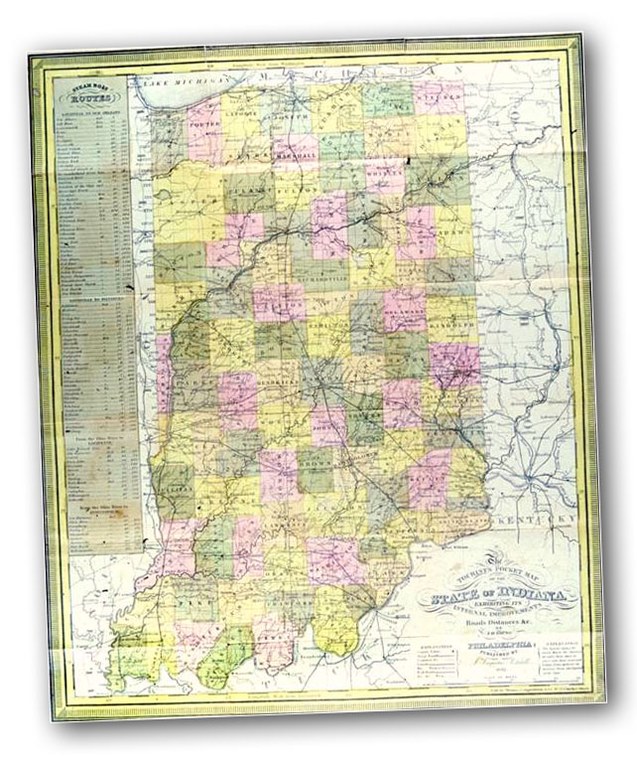
This map is printed on a thin linen tissue paper that was once folded up and placed inside a vest pocket. The paper supports oil-based inks and watercolor pigments (which are made with a vegetable gum as a binder. Cool, huh?)
Or this broadside, printed on paper that is handmade of cotton fibers which act very differently from the linen tissue map _
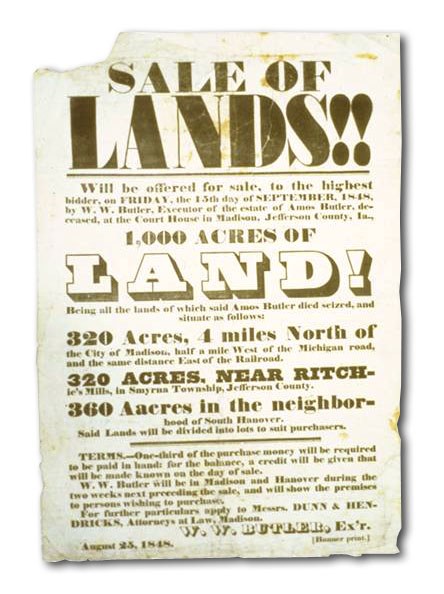
Or ephemra _ those assemblies of paper that might be folded and printed and maybe incorporate stitching or staples or glue to hold it together.

_ and then there are books. Those three-dimensional powerhouses of paper that are supposed to operate just like a book for all eternity. Don?t even start with me about Kindle _ (I have to admit, even I would like to own one!)
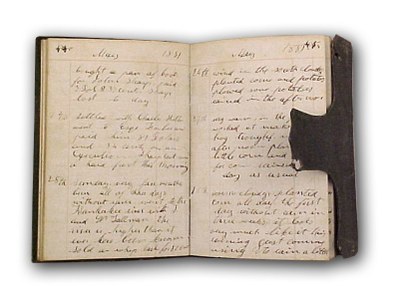
What I?m trying to point out is the intrinsic nature of materials especially things of paper make them vulnerable to damage from changes in the environment that they are stored in.

Becoming familiar with the materials used to create paper artifacts and the hazards that effect them will allow you to better handle and care for them. Tune in next week when I discuss these issues in more detail and offer tips about your own family treasures!
____________________








